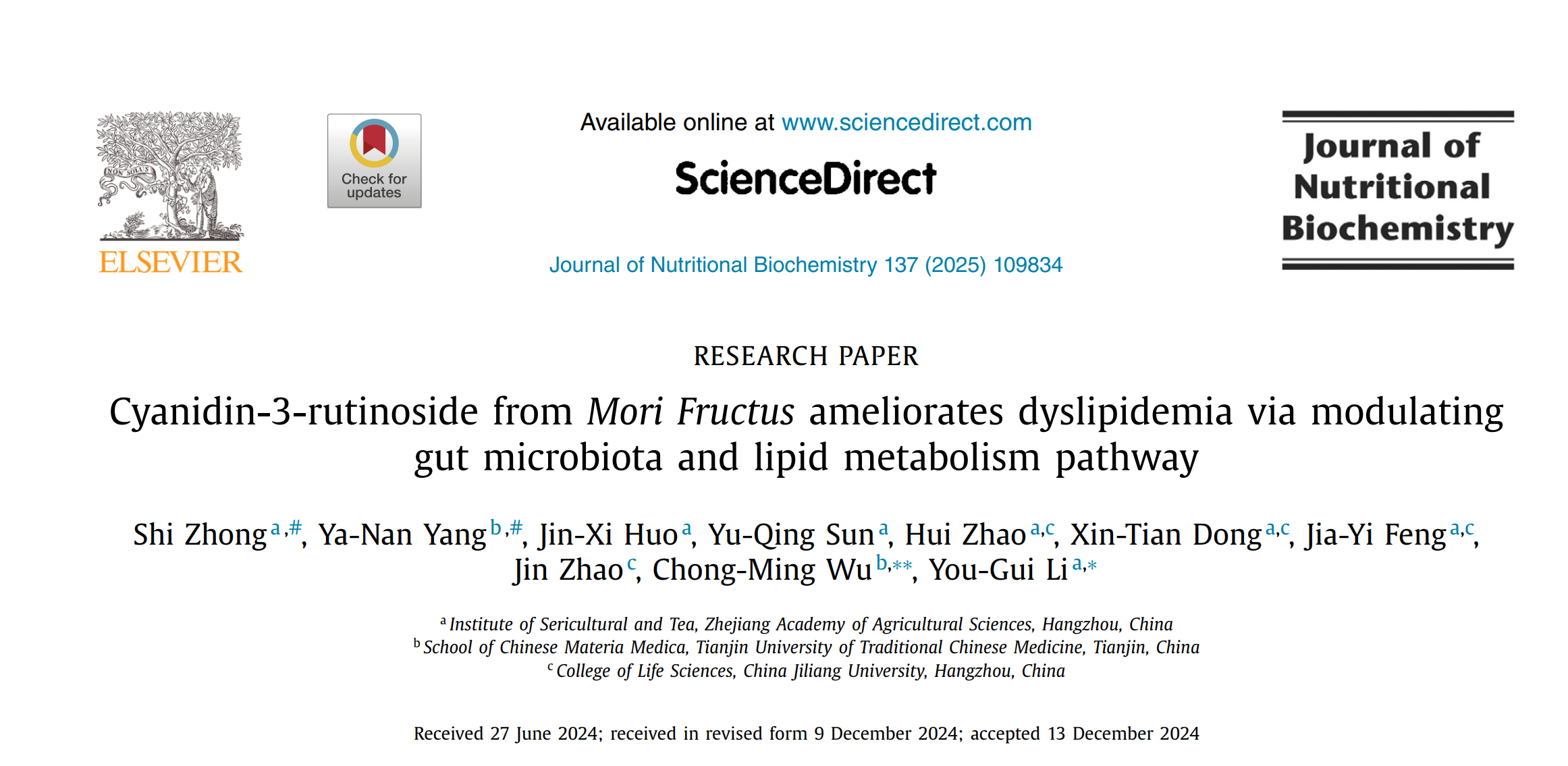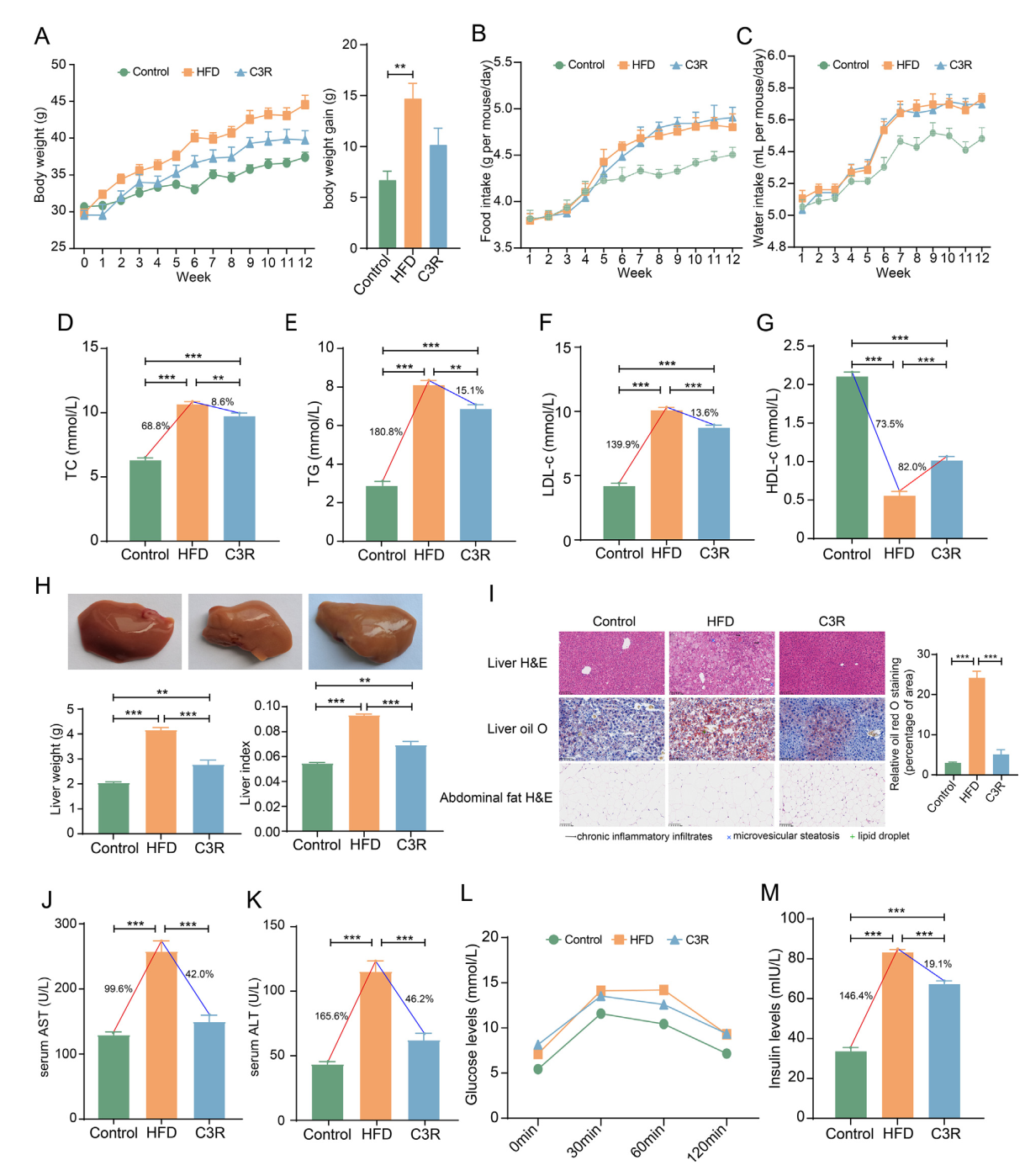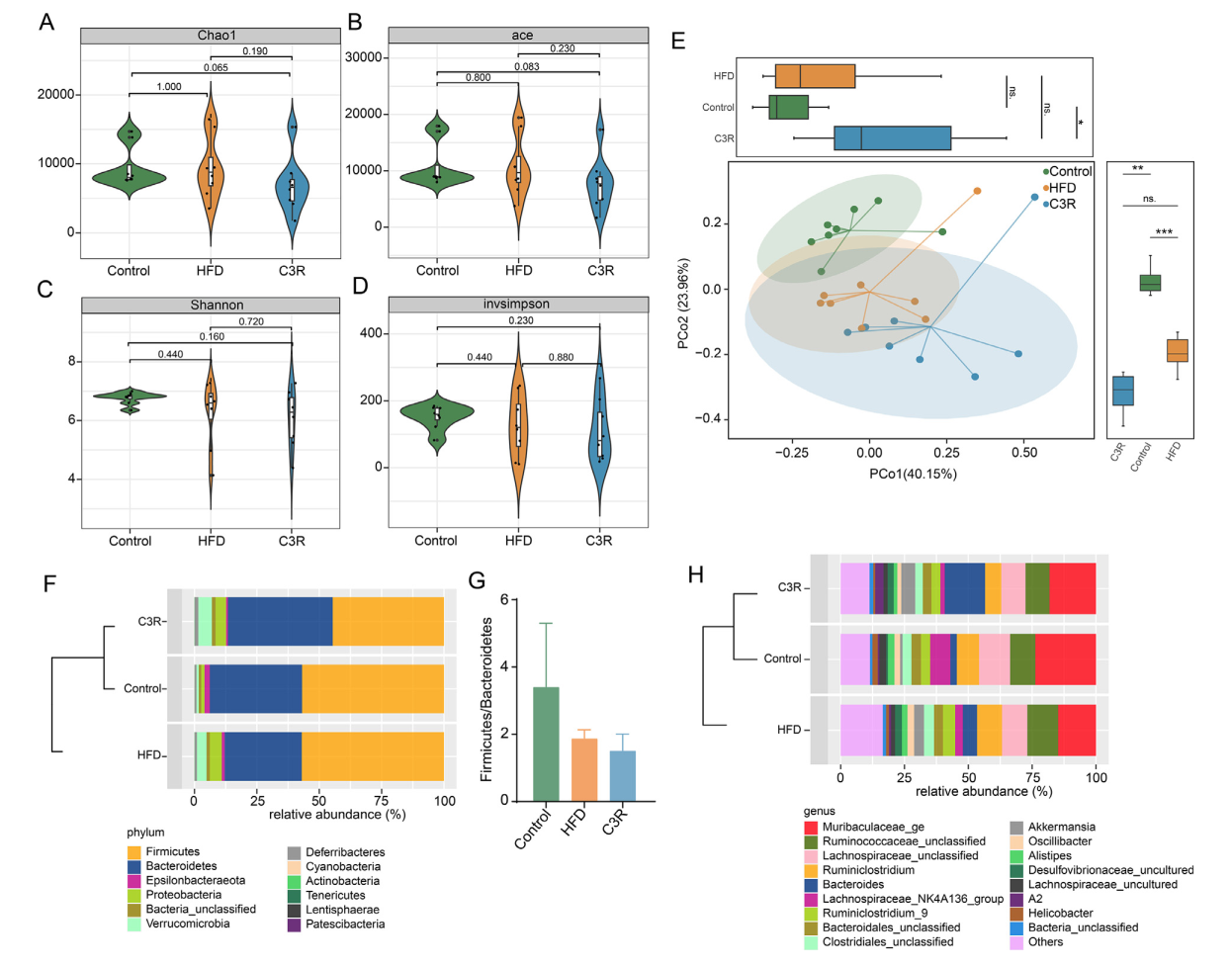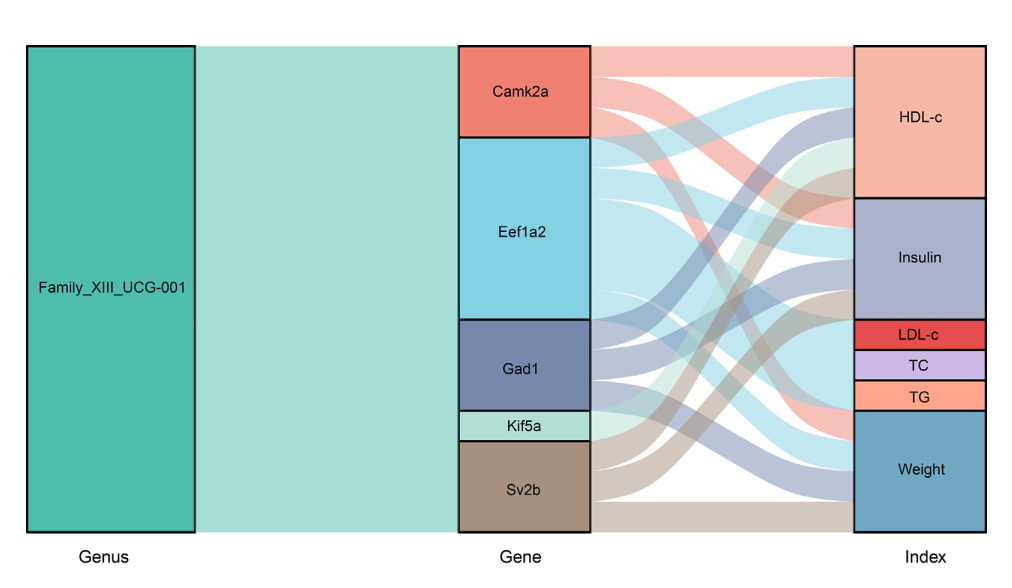Nowadays, dyslipidemia has become an extremely common health hazard worldwide, seriously threatening people's cardiovascular health, and in turn triggering a series of metabolic diseases such as diabetes mellitus, atherosclerosis, and non-alcoholic fatty liver disease, which brings heavy medical and economic burdens to the society. Dietary intervention, as a key complementary tool to drug therapy, has been a hot research topic among the strategies to deal with dyslipidemia.
A recent study published in J Nutr Biochem Cyanidin-3-rutinoside from Mori Fructus ameliorates dyslipidemia via modulating gut microbiota and lipid metabolism pathway focused on the cornidin-3-rutinoside (C3R) from mulberry and delved into its effects on dyslipidemia and potential mechanisms.
As a traditional medicinal and food resource in Asia, mulberry is rich in flavonoids, phenolic acids, alkaloids and polysaccharides, which have various pharmacological activities, such as hepatoprotection, immunomodulation and antioxidant. Among them, anthocyanin is one of its important active ingredients, and C3R is the main anthocyanin component. Previously, the role and mechanism of C3R from mulberry in lipid lowering have not been clarified, which was explored in this study.

In this study, researchers selected 24 female ICR mice weighing 25 ± 2 g and randomly divided them into three groups: normal control, high-fat diet (HFD), and HFD+C3R groups. The normal control group was given a normal diet with 4.5% fat, 50% carbohydrate, and 22% protein for a total of 6.095 kcal/kg, while the HFD group was given a high-fat diet with 22% fat, 35% carbohydrate, and 21% protein, which amounted to a total of 10.516 kcal/kg. from the 1st week of the experiment, the normal control group and the HFD group were given equal volumes of distilled water, and the C3R group was orally administered C3R at a dose of 100 mg/kg. after 12 weeks of continuous intervention, the mice were fully tested.
The results of the experiment were impressive! Compared with the normal control group, the mice in the HFD group showed a significant increase in body weight and an overall deterioration in lipid indices, with serum total cholesterol (TC) elevated by 68.8%, triglycerides (TG) elevated by 180.8%, low-density lipoprotein cholesterol (LDL-c) elevated by 139.9%, and high-density lipoprotein cholesterol (HDL-c) reduced by 73.5%. Liver tissue showed severe damage, liver weight and hepatic index increased dramatically, liver tissue sections showed obvious steatosis and large amounts of lipid deposition, serum ALT and AST levels were significantly elevated, and oral glucose tolerance test (OGTT) showed severely impaired glucose tolerance and elevated insulin levels by 146.4%.
In contrast, C3R-treated mice showed effective control of weight gain, 8.6% lower serum TC, 15.1% lower TG, 13.6% lower LDL-c, and 82.0% higher HDL-c compared with the HFD group. Liver weight and hepatic index were significantly decreased, liver tissue injury was significantly reduced, steatosis was improved, ALT and AST levels were reduced, OGTT results were significantly improved, insulin levels were reduced by 19.1%, and NAFLD symptoms were also alleviated.

Figure 1. Mulberry-derived C3R attenuates high-fat diet-induced dyslipidemia
In the study of intestinal flora, the researchers used 16S rRNA gene sequencing technology for analysis. The results showed that C3R did not change the overall diversity of the intestinal flora, and there was no significant separation between the C3R group and the HFD group in the Chao1, ACE, Shannon, and Simpson indices of alpha diversity, and in the principal coordinate analysis (PCoA) of beta diversity.
However, C3R triggered significant changes in colony composition. At the level of phylum, the relative abundance of Mycobacterium anisopliae phylum was reduced in the HFD group compared with the normal control group (30.88% vs 36.98%), and increased to 42.00% after C3R treatment; the thick-walled phylum was similar in the normal control group and the HFD group, and was reduced to 44.61% in the C3R group; the anamorphic phylum was enriched in the HFD group, and slightly decreased in the C3R group; the warted microflora phylum was higher in the HFD group than the C3R group, and the C3R group was higher than the control group, and the increase was more obvious in the C3R group. At the genus level, C3R reversed the HFD-induced changes in several genera, such as restoring the abundance of genera such as Muribaculaceae_ge, while altering the abundance of genera such as Family_XIII_UCG-001, which was positively correlated with HDL-c, and negatively correlated with TC, TG, LDL-c, insulin and body weight were negatively correlated.

Figure 2. effects of C3R on gut microbiota diversity and community
Transcriptomic analysis showed that C3R activated lipid metabolism-related signaling pathways such as MAPK, Rap1, Ras and PI3K-Akt, and the expression of key genes in these pathways was upregulated. Further correlation analysis showed that C3R-enriched Family_XIII_UCG-001 genus was negatively correlated with genes such as Camk2a, Eef1a2, Gad1, Kif5a, and Sv2b, which were positively correlated with dyslipidemia indexes and negatively correlated with HDL-c, suggesting that C3R may inhibit the expression of these genes by regulating the intestinal flora to ameliorate the lipid metabolism disorders.

Figure 3. Sankey diagram demonstrating detailed links between gut microbial genera, hepatic gene expression and pharmacological indicators
In summary, the present study demonstrated for the first time that C3R from mulberry can effectively improve HFD-induced dyslipidemia in mice. Its mechanism of action mainly includes regulating the composition of intestinal flora and activating lipid metabolism-related signaling pathways. This study provides a new potential strategy and research direction for the daily management of dyslipidemia, and also lays a solid foundation for the subsequent in-depth investigation of the application of C3R in human body, which is expected to bring new hope and light to patients with dyslipidemia in the future, and to promote the field of medicine in the prevention and treatment of metabolic diseases to take an important step forward.





Post comments